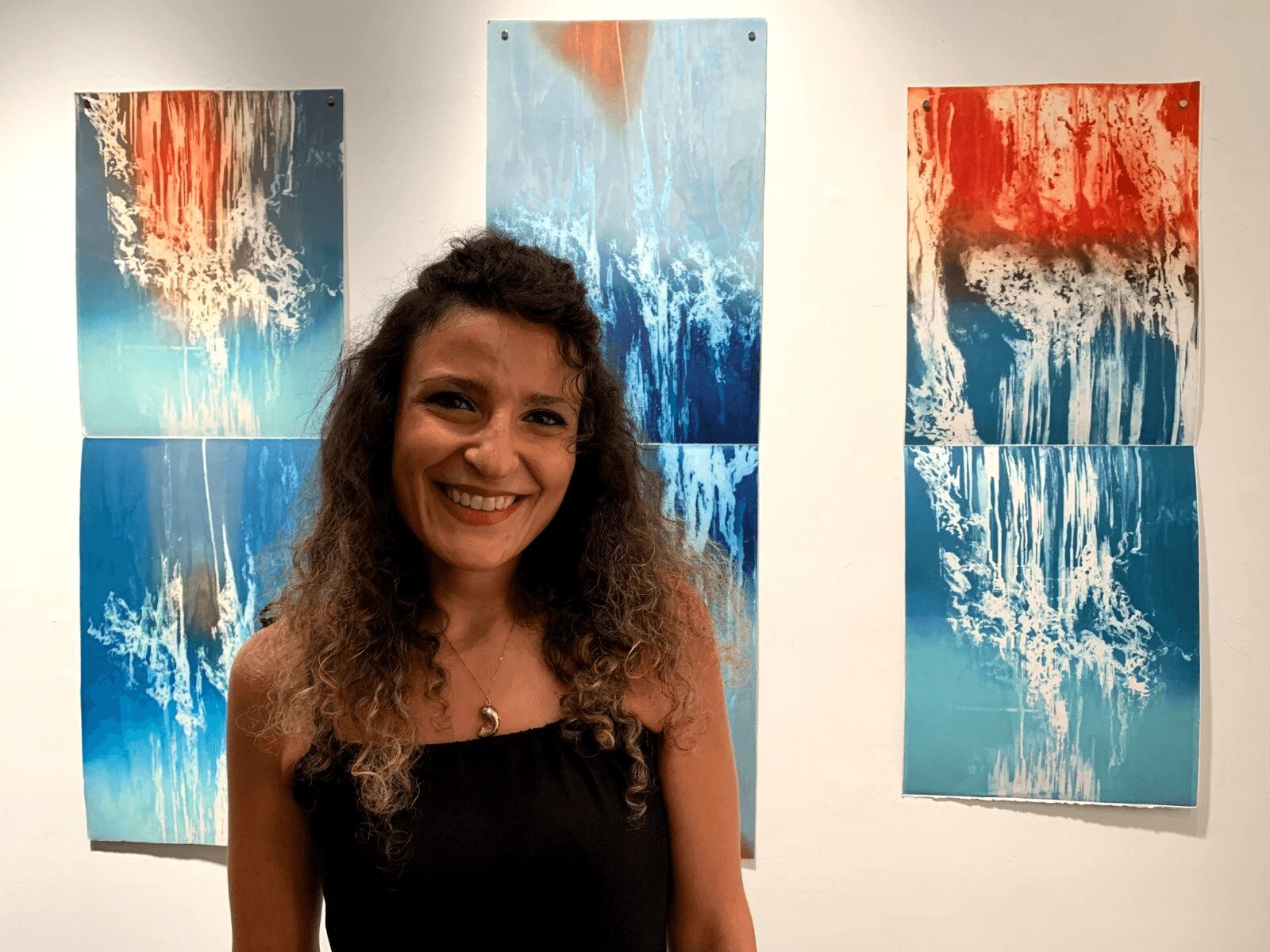We caught up with the brilliant and insightful Giulia Leonelli a few weeks ago and have shared our conversation below.
Giulia , thanks for joining us, excited to have you contributing your stories and insights. Can you talk to us about how you learned to do what you do?
It took me several years to deepens my approach of printmaking.
At the very beginning, I’ve mostly studied the history of printmaking that completely caught me.
I’ve been trained as a painter at RUFA Rome University of Fine Arts. Even if I felt a deep interest for printmaking, I wasn’t confident enough in my own skills to dedicate myself to such a technique.
So, printmaking remained alive as a desire for years.
In the meanwhile I moved to Paris to attend Visual Arts studies at Sorbonne University.
During my PhD studies, I had the chance to spend one year in New York as an exchange student in Art at NYU. There, I found a well equipped printmaking studio open 24h per day, 7 days a week. I enrolled in the printmaking class and I spent a lot of time practicing in the studio, with all sorts of etching techniques and with letterpress. It has been the starting point of something important.
Back to Paris, I understood I had to pursue this urge to dedicate myself to printmaking.
After a while, visiting several printmaking studios, meeting and working with artists, I stepped in the studio of a Danish printmaker that had opened in Paris in the early 1990s called Atelier Bo Halbirk. It was September of 2014, and my life changed in that precise moment. I met there a Master who taught me everything I was seeking and craving for. He allowed me to approach the traditional techniques while I was giving shape to my desires by the creative act. I owe him the freedom I needed to do what I had to in order to realize who I am.
Soon, my devotion to printmaking took all the place, and everything happened very fast. I had the chance to travel and to work in several places thanks to Art Residencies, observing and learning from different approaches.

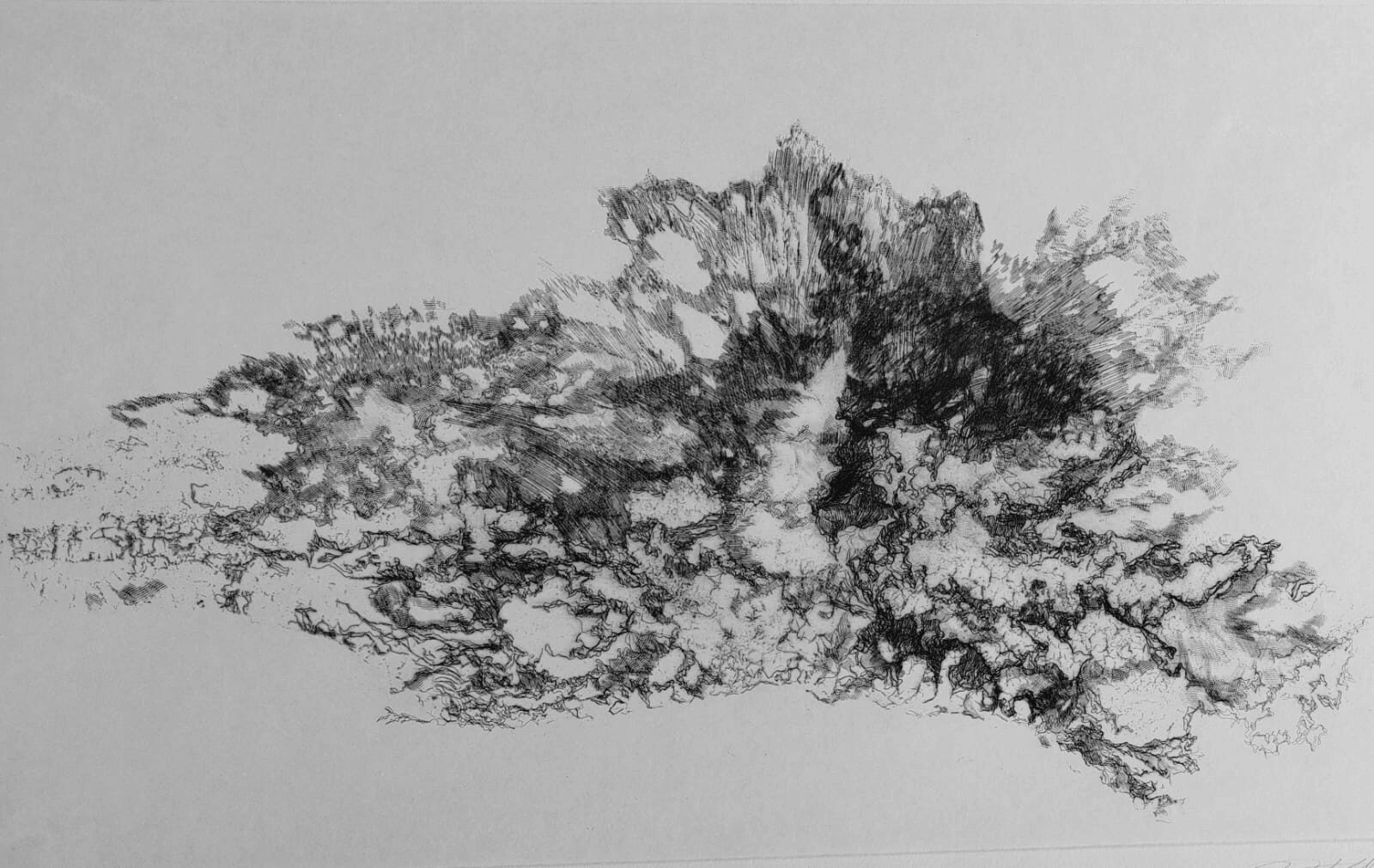
Awesome – so before we get into the rest of our questions, can you briefly introduce yourself to our readers.
My work is oriented toward a pictorial approach of printmaking, led by a musical aspiration and a poetic intent.
The research developed in my doctoral thesis “Entendre le pictural” – published in 2017 for the obtention of PhD degree in Visual Arts at Université Paris 1 Panthéon-Sorbonne – discuss the temporal understanding of an artwork by experiencing its unfolding as space and time, and the implications of Rhythm and Sensation as philosophical attributes of art.
“Pictural” refers to the painterly qualities pursued in my work, having been first trained as a painter. Approaching printmaking, this pictorial quest echoes the use of colour and the chromatic research during the printing process. The idea of intonation, borrowed from a musical context, assumes a visual dimension thanks to all the choices made while printing a carved plate : mixing the inks, looking for the right timbres and tonalities, as well as testing the extreme tactility of the wiping technique.
But the main reason I define my own printmaking practice as “pictorial” lies in the kind of abstract patterns and shapes that spring into being as rhythm rather than structure, always seeking to suggest movement and inconsistency.
In this sense, pictorial refers to the “painterliness” concept defended by art historian Heinrich Wölfflin as a peculiar character of Baroque art in its quest for open and irregular shapes.
My chromatic approach of painterliness and rhythm in printmaking is consistently used to produce a regular edition, where all the prints look alike.
However, I’ve matured since several years an interest in revisiting a print ensemble through a series of actions based on selective inking and overprinting, so that the same configuration seems to evolve and remodel from one print to the other among the same edition.
According to this vision, my quest for rhythm could sound as a relinquishment of composition and structure.
Through the printing process of a carved matrix, the wandering of a shape is assigned to the paper, and continues to unravel from surface to surface. The paper acts as a “minute of surface” that captures the provisional unfolding of a rhythm.
As a painter, I always carried regret deep in my heart for not having been a singer instead, because music is so meaningful and important in my life. But this feeling dissolved in the very moment I approached printmaking.
Printmaking has become my music. It happened in my life as an answer, as the only possible answer.
I know that what I do in art is important, but – in a sense – it isn’t personal, it doesn’t depend on “me”.
It’s a labor that unravels as a lifelong quest, and it’s all about openness and patience.
I feel like I’m just the vehicle for something that happens and exists far beyond me, something that sounds as “aliveness”. And the best I can do is to collect traces of this energy by giving shapes to a desire.
In doing so, I am where I have to be. Alive.
My hope is to be able to share this urge, the need to be at our best acting with care and devotion for what we do.
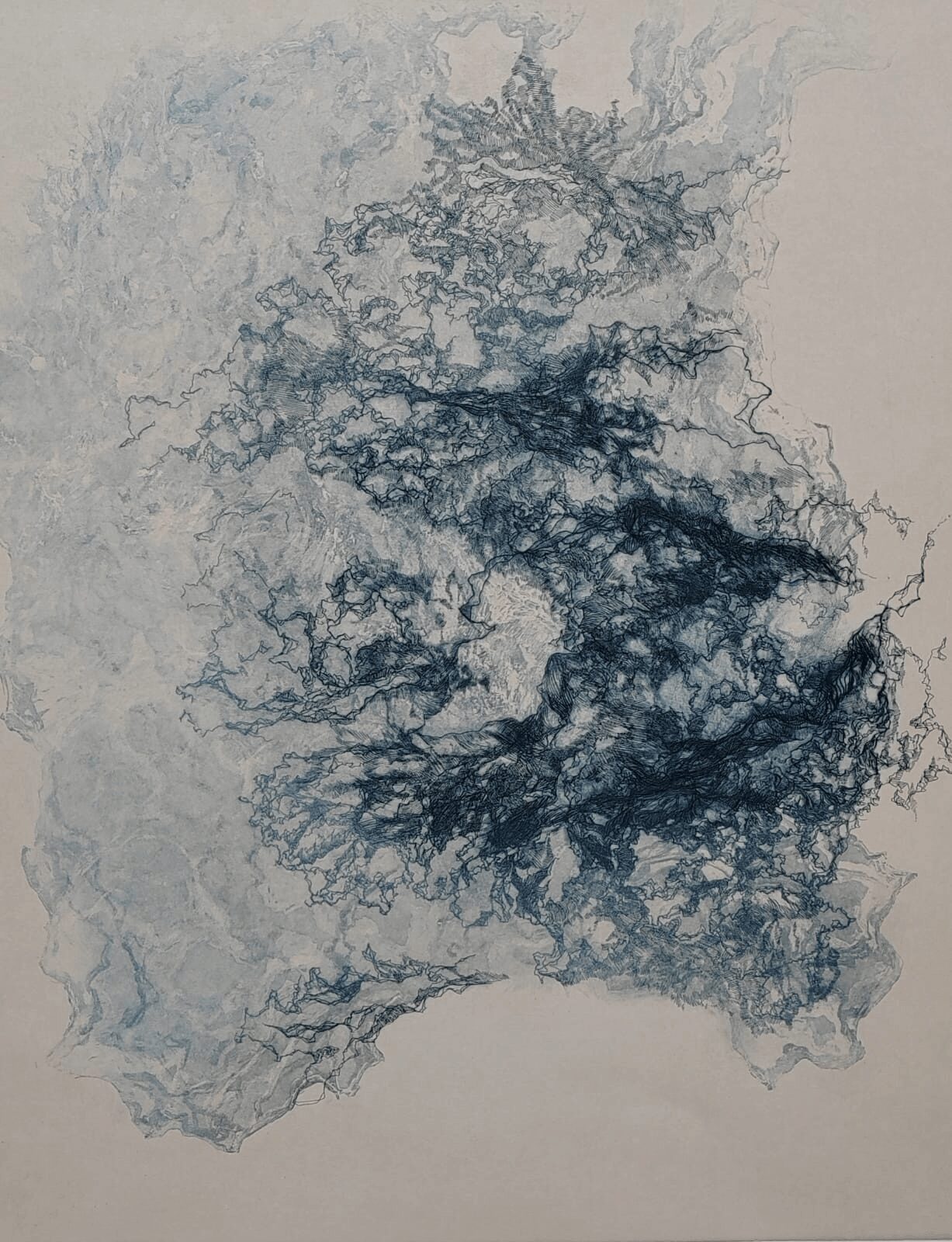
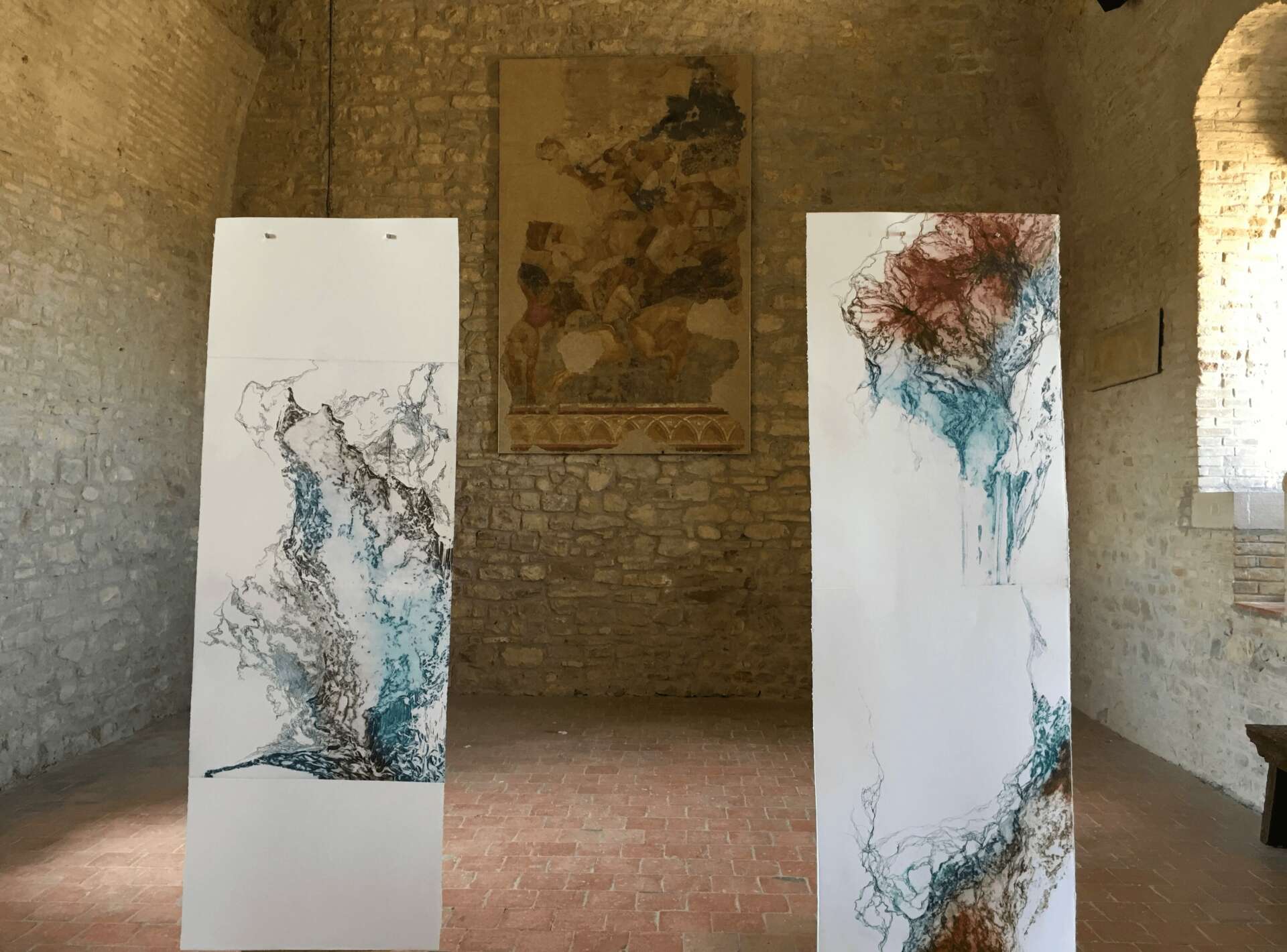
What do you think is the goal or mission that drives your creative journey?
I feel particularly invested in teaching printmaking.
As a printmaking instructor at Sorbonne University, I try to convey a passion, a sense of care and respect, along with the transmission of this technique.
To me, it is very important and meaningful to teach printmaking nowadays, where images fill our daily lives spreading all over very quickly, and where the immediacy of sharing reigns as the only cadence of a time that has to be consumed. On the contrary, the making of prints will always engage us toward the very nature of time. The carved matrix contains a form within a palpable latency, which cannot escape the gesture and the effort necessary for its emergence, the care and patience put into its service.
I firmly believe that this are important values we need to pursue and preserve for the future.
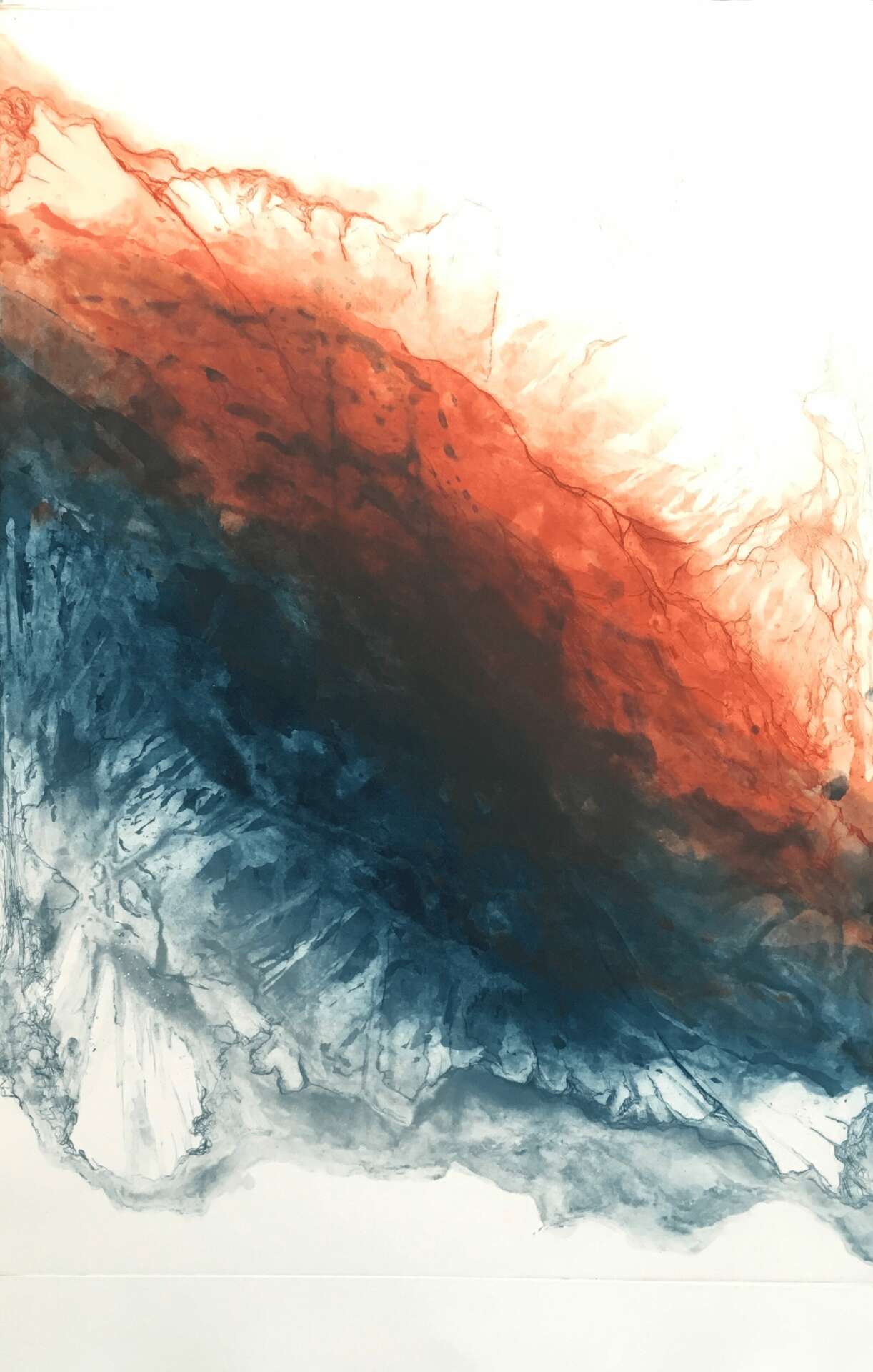

For you, what’s the most rewarding aspect of being a creative?
Being an artist is a lifestyle that often requires a lot of sacrifices, with a good amount of hardships to endure along the path. It’s a real journey, and a serious commitment.
But even if I’m passionate and curious about a lot of things and subject matters in different domains that inspire me, I feel there’s only one thing I can do in life, I don’t even have the choice. And this thing is printmaking.
It’s the only place I can properly refine myself as an human being.
It’s the place where I can touch and be touched by people, sharing something essential about being humans.
Art allowed me the privilege to encounter fellow artists and beautiful humans with whom I share the same urge, the highest necessity to render what has to be given back, in a restless quest that means life far beyond the simple fact of breathing. The path that moves us trough the inescapable.
Contact Info:
- Website: https://www.giulia-leonelli.com
- Instagram: @giulialeonelli. 85

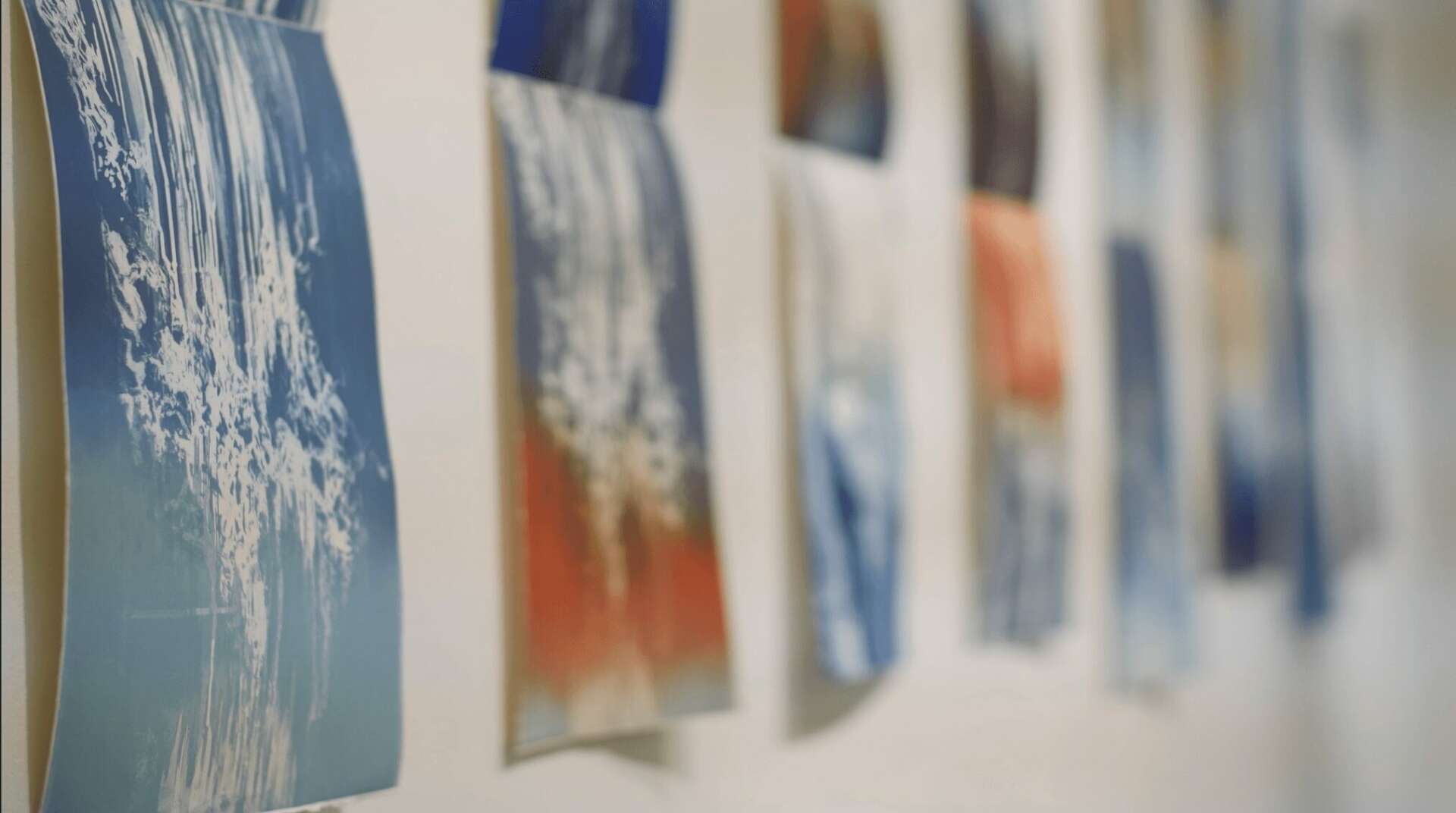
Image Credits
Personal photo : April Vollmer.
The last picture in additional photo : Raphaël Leonelli


